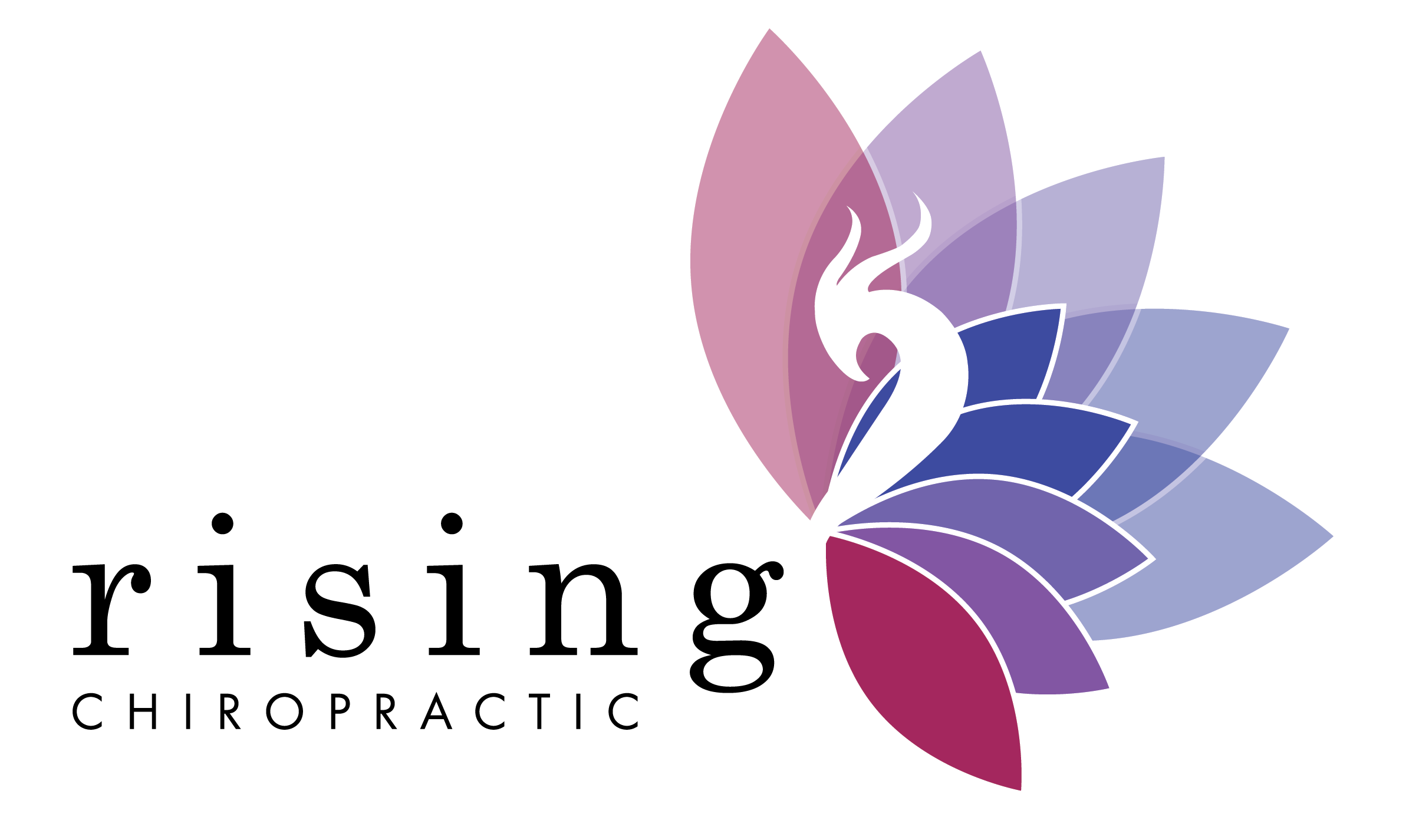Designed & Boosted by My Social State
TOP TEN MYTHS ABOUT WHIPLASH
Three million Americans are diagnosed with whiplash every year. Approximately 50% of these cases lead to chronic pain, either in the neck or other parts of the body. Some people must live with the effects of whiplash for the rest of their lives.
Despite the prevalence of whiplash, there are a number of myths and misunderstandings about this injury. These lead to people suffering from whiplash injury not receiving the vital care they need to heal and recover.
I am one of those people who sustained multiple whiplash injuries and suffered the effects for years. I wish my family and I had known how important these injuries were to my health. While I cannot turn back time, I can take this time to debunk some of the most common myths about whiplash.
Myth #1: Whiplash only happens from a car wreck.
While rear-end vehicle collisions are the most common cause of whiplash, these events are not, in fact, the only cause. You don’t need to be in a vehicle to experience whiplash.
Whiplash is an injury that occurs when your head is forcefully and quickly thrown backward and forward or from side to side. Think of some times when this may occur. A trip and fall accident? Falling off a ladder or other high place? High impact sports like football, skateboarding, or snowboarding, perhaps? All of these incidents have the (likely) potential to cause whiplash.
Myth #2: You will notice whiplash symptoms within 24 hours of injury.
Most whiplash symptoms occur soon after a car wreck or other traumatic event. However, some people may not notice symptoms for days or weeks. This has been well documented in scientific studies and peer reviewed literature.
Myth #3: Whiplash injuries are more common among elderly drivers.
It would make sense that older adults would be more likely to experience whiplash than younger adults. These injuries are more severe as we age. Older adults tend to have less flexibility and more spinal degeneration. The discs and ligaments in the spine are not as elastic, which can increase the severity of injury.
However, statistics show that whiplash is most common in people between ages 30 and 50. And if that person already had poor spinal health, the severity could be as bad as an elderly person.
Myth #4: Men and Women are equally at risk for whiplash.
Would it be surprising to you to know that there is a significant difference between men and women in risk for whiplash?
Scientific studies have found that females have three times the risk of whiplash injury compared to males. One study done in 1999, in particular, analyzed rear-end collision data from Folksam, a Swedish insurance company. After controlling for male and female positions within the vehicle (i.e. driver and passenger positions), researchers found that females were still three times as likely as males to experience whiplash injury.
Not only that, but females had increased disability rates as compared to males!
A study from Volvo’s accident database reinforced these results, finding that females were 2-3 times more likely to experience whiplash injury.
The reason? Females are at higher risk due to differences in neck anthropometry (measurement and proportion), strength, and musculature. If whiplash is sustained from a vehicle collision, the relative position of a female’s head to the head restraint also plays a significant role.
Myth #5: Passengers and drivers are equally as likely to get whiplash.
The same 1999 study referenced in Myth #4 found that drivers are more at risk for whiplash injury than passengers. The driver position had twice the relative risk as the front passenger (at least for rear-end impacts).
Data from Volvo found similar results. Drivers were more likely to get whiplash than passengers. Not surprisingly, now that you understand Myth #4, the difference was less significant with crashes involving male drivers and passengers.
Myth #6: You have to be driving faster than 10 MPH to get whiplash.
Many people think of high-speed collisions when they think of being injured from whiplash. However, it actually doesn’t take a lot of force for whiplash to occur.
In fact, many injuries from whiplash occur from speeds of 5 MPH to 10 MPH. A minor parking lot collision may not seem serious, because there is probably not a lot of damage to the car. There’s a lot of physics that goes into a car crash. But that can be all that is needed for whiplash to occur.
Also think about if a car is rear-ended by a slow-moving bus or other large vehicle? The force of that collision is greater, creating a greater risk of injury.
Myth #7: Rest is always the best way to treat whiplash injuries.
Rest after an injury is common, and it may lead to temporary relief. However, this may be bad for whiplash injuries. Prolonged rest for more than 2 or 3 days can cause tension in the spinal ligaments and the muscles in the neck, shoulders, and back. This makes your muscles weak and would prolong the pain of whiplash injury.
The best way to recover is to return to normal activity as soon as reasonably possible.
Myth #8: All whiplash injuries are mostly the same.
Whiplash injuries vary widely in severity. Some go away on their own after a few days. Others last weeks, months, or even years. Some deal with the effects of whiplash injury for the rest of their lives. In some cases, whiplash can be so bad as to cause neurological problems.
Myth #9: Whiplash injuries will go away on their own.
Unfortunately, whiplash injuries are not likely to heal themselves. In fact, researchers have found that up to 50% of people who experience a whiplash injury will never fully recover. Up to 30% of whiplash victims will remain “moderately to severely disabled by their condition.”
That data includes only those known to have whiplash. Because whiplash can occur from an number of traumatic events, and the effects of whiplash can be so varied, those statistics could actually be higher.
Myth #10: Chiropractic care is the worst thing you could do when you experience whiplash.
While there are those out there who do not “believe” in chiropractic or who do not understand the science, art, and philosophy of chiropractic, this statement could not be farther from the truth.
Whiplash is a spinal trauma that affects the bones, discs, ligaments, muscles, spinal nerves, and spinal cord. While medical treatment is warranted in these cases, especially in very severe cases, most whiplash injuries are effectively treated and recovered through chiropractic care. Scientific evidence has shown the chiropractic adjustment to be one of the safest and most effective standard treatments for whiplash injury.
The adjustment removes pressure from the inflamed nerve roots, and also serves to properly orient the facet joints of the cervical vertebra. This results in decreased pain, stiffness, and increased range of motion. The chiropractic adjustment has also been found to aid in restoring stability to the spine, regaining proper structure, and a better overall recovery.
While we never wish for anyone to experience the pain and suffering of whiplash injury, know that help is available. Dr. Druckenmiller at Rising Chiropractic will examine the underlying cause of pain and develop a tailored plan of care, depending on the severity of the injury. More so, an emphasis on prevention and self-care at Rising Chiropractic is the key to body upkeep to ensure a more complete and long-lasting recovery.
Huge congratulations to Dr. Beth Druckenmiller on the publication of her article in Pathways to Family Wellness chiropractic magazine!
Chiropractic and Your Child’s Brain Neuroplasticity
By Beth Druckenmiller, DC
How is Torque Release Technique different than other chiropractic techniques?
A Torque Release Technique (TRT) adjustment can be delivered with the spine in a perfectly relaxed neutral position with the perfect amount …
What are your goals for a healthier you in 2023?
Getting fitter and healthier are among the most common New Year’s resolutions. At Rising Chiropractic, we can help you achieve the goals …
Info@risingchiropracticevans.com
PHONE
(706) 524-8077
ADDRESS
625 Ponder Place Drive #2
Evans, GA 30809

HOURS
Monday:
9:00 AM - 11:00 AM
3:00 PM - 6:00 PM
Tuesday:
2:00 PM - 6:00 PM
Wednesday:
9:00 AM - 11:00 AM
3:00 PM - 6:00 PM
Thursday:
2:00 PM - 6:00 PM
Fri, Sat, Sun: CLOSED

